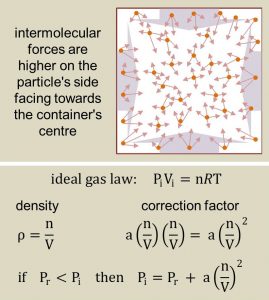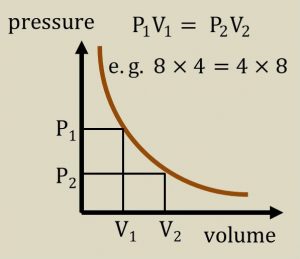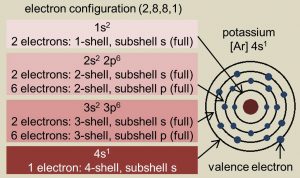Introduction to the Art of Chemistry – no previous experience required
Compiling the Art of Chemistry – no previous experience required – has been one of the most fulfilling experiences of my life. Moreover, the challenges it presented, both intellectual and creative, led me to ponder the much-debated relationship between art and science.

Though it is an association I have considered in the past, it was not one in which I had reached a definite conclusion. Until now. As this book’s title suggests – in that they both invoke human emotions, drive our imaginations, help describe our existence, and lead to a better understanding of the Universe – I agree that science is art and art is science.

The phrase ‘I did not know what I did not know’ has become something of a cliché, but that is the background to my years of research and learning. I could not start with a structure; there were no chapter headings laid out in front of me. None of that was possible since I did not know what I did not know.

However, as an engineer, with a logical thought process and approach to challenges, I decided that my starting point must be to understand the Universe’s building blocks and work out from there. Consequently, this book builds sequentially, with each page capitalising on the knowledge gained from earlier content.

As I penned each page and crafted each diagram, I was taken on a captivating, exciting, and enriching journey. And, because the publication results from my initiation into the science of chemistry, I can genuinely state that the reader required ‘no previous experience’ [of chemistry].

